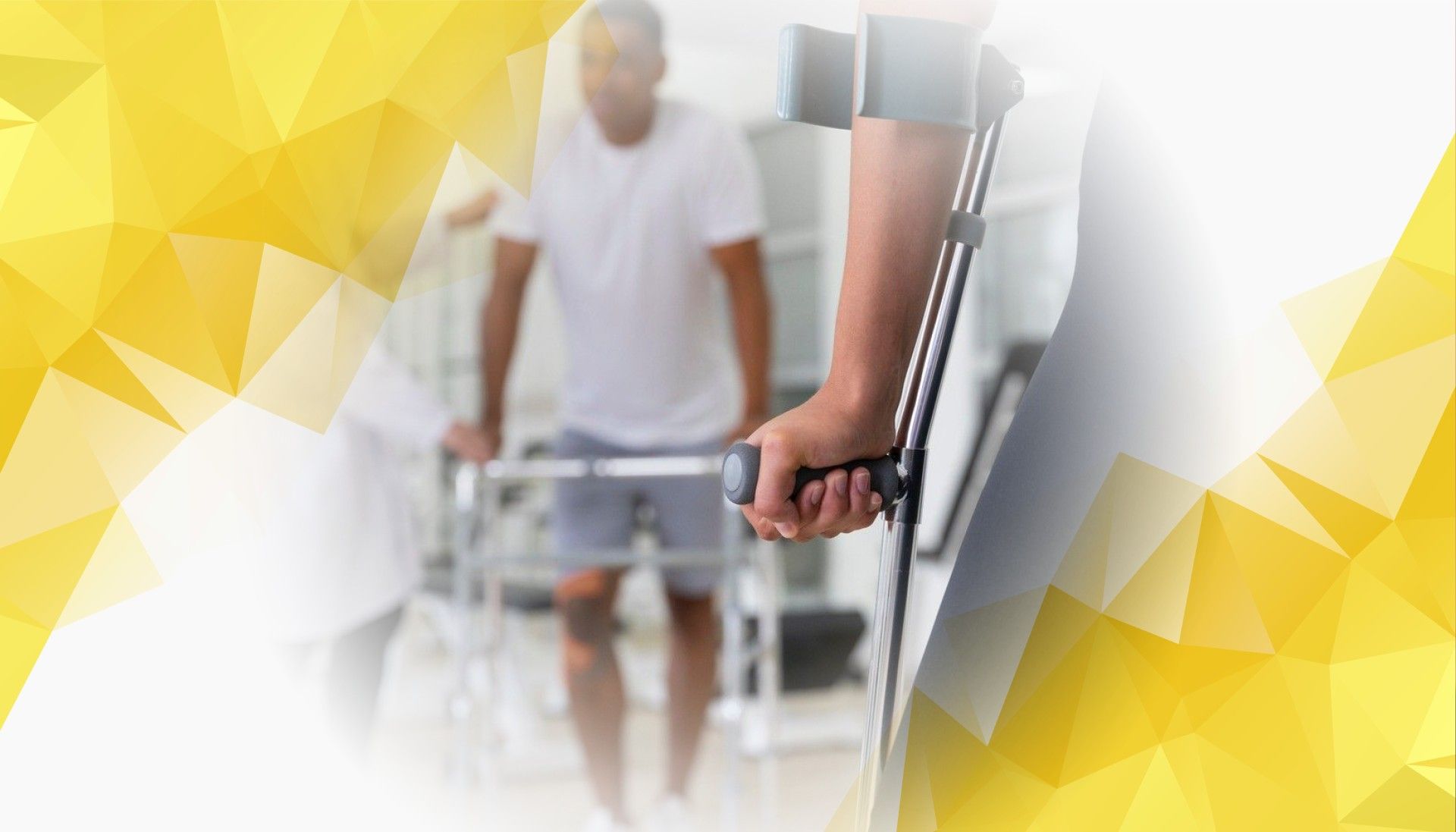Introduction: Why Mobility Assessment Matters
The ability to stand up from a chair may seem simple, but it’s an essential part of staying healthy and independent. This everyday movement relies on strength, balance, and coordination—all key indicators of overall mobility. While traditional tests offer some insight, they can leave important details unexplored. MAI Motion is taking the sit-to-stand test to the next level with innovative technology, providing richer information for both healthcare professionals and patients.
What Is the Sit-to-Stand Test?
The sit-to-stand test is a straightforward way to measure leg strength and stability. Typically, it involves timing how long it takes for someone to rise from a chair and sit back down a set number of times, or counting how many repetitions they can complete within a certain period. This test is especially common for older adults, people rehabbing from injury , or anyone needing their mobility evaluated.
A Brief History and Its Significance
This test has long been valued for its simplicity and effectiveness. It helps doctors and therapists spot issues with leg strength and balance—crucial for everyday life and fall prevention. However, most versions have focused only on speed or number of repetitions, overlooking the quality and smoothness of movement .
How the Sit-to-Stand Test Works
During the test, a person sits in a standard chair, arms folded or rested comfortably. At a signal, they rise fully to standing, then sit back down, repeating this several times. Observers watch not just how quickly the movements happen, but how coordinated and steady they are. This gives insight into how well muscles and joints are working together.
Research confirms that this test reliably measures important aspects of strength and balance. Recent studies also suggest that a shorter test can be just as effective. For example, a 2025 study found that MAI Motion ’s system captures similar data whether a person completes three or five repetitions, making the shorter test a practical, less tiring alternative.
Standing Up: It’s More Than Just Strength
Rising from a chair requires more than muscle power—it’s a carefully orchestrated movement involving the thighs, hips, and core muscles, all balanced and coordinated. The body must shift weight smoothly to stay stable.
Clinicians use sit-to-stand test results to detect risk factors for falling or losing independence. If someone stands up slowly or unsteadily, they may benefit from exercises to improve strength or balance. This information allows therapists to craft personalized plans that support safer mobility.
Importantly, new research shows that completing just three repetitions is easier for many people, making the test more accessible to those with limited strength or endurance—without sacrificing accuracy.
How MAI Motion Improves the Sit-to-Stand Test
MAI Motion takes the classic sit-to-stand test and gives it a technological update. Using small, wearable sensors, the system tracks joint movement, speed, and how weight is shifted—all in real time. It’s like viewing movement in high definition rather than relying on a stopwatch.
Advanced motion analysis brings even more detail to the table. Modern systems can use simple RGB cameras—no more specialized markers or bulky gear required—making assessments more natural and less intrusive. As researchers have found, these methods make it possible to gather clinically meaningful motion data in any clinical setting, monitor patient progress, and assess the success of treatments more easily than ever before.
Recent studies confirm MAI Motion ’s accuracy in measuring biomechanics , even with shorter tests. The system’s algorithms break down each movement and provide instant feedback through an easy-to-use app—helping healthcare providers better understand patient progress, and giving users clear, motivating visualizations of their improvements.
Benefits for Healthcare Providers and Patients
For professionals, MAI Motion delivers detailed, objective information, making it easier to spot issues early and track recovery over time. For patients, the interactive feedback turns therapy into a more engaging process and helps them celebrate every sign of progress.
This technology enables therapists to personalize programs more precisely, improving mobility faster and reducing the risk of falls or complications.
Key Concepts Explained
Throughout this article, we’ve highlighted concepts like the “ sit-to-stand test ,” “ mobility assessment ,” and “ MAI Motion technology .” Together, these terms represent a movement towards smarter, more meaningful measurement and support for healthy movement—both for professionals and everyday readers alike.
Conclusion: A Smarter Way to Measure and Support Mobility
MAI Motion is redefining how we understand and support everyday movement . By combining the reliability of the sit-to-stand test with powerful new technology, it paints a fuller picture of how people rise, balance, and stand.
As recent research shows, MAI Motion ’s approach uncovers important details—like the smoothness of joint movements or subtle changes in stability—that were once difficult to measure. This opens up new possibilities for personalized care, helping people stay strong, independent, and confident in their mobility.
As healthcare embraces new digital tools, innovations like MAI Motion are set to help more people move better and live healthier, more independent lives. It’s an exciting leap forward for mobility care—for clinicians, researchers, and everyone aiming to stay active.
References
Armstrong, K., Zhang, L., Wen, Y., Willmott, A. P., Lee, P., & Ye, X. (2024). A marker-less human motion analysis system for motion-based biomarker identification and quantification in knee disorders. Frontiers in Digital Health. https://doi.org/10.3389/fdgth.2024.1324511
Wen, Y., Verma, T., Whitehead, J. P., & Lee, P. (2025). Empirical Validation of a Streamlined Three-Repetition Sit-to-Stand Protocol Using MAI Motion. Applied Sciences, 15(10), Article 5688. https://doi.org/10.3390/app15105688

